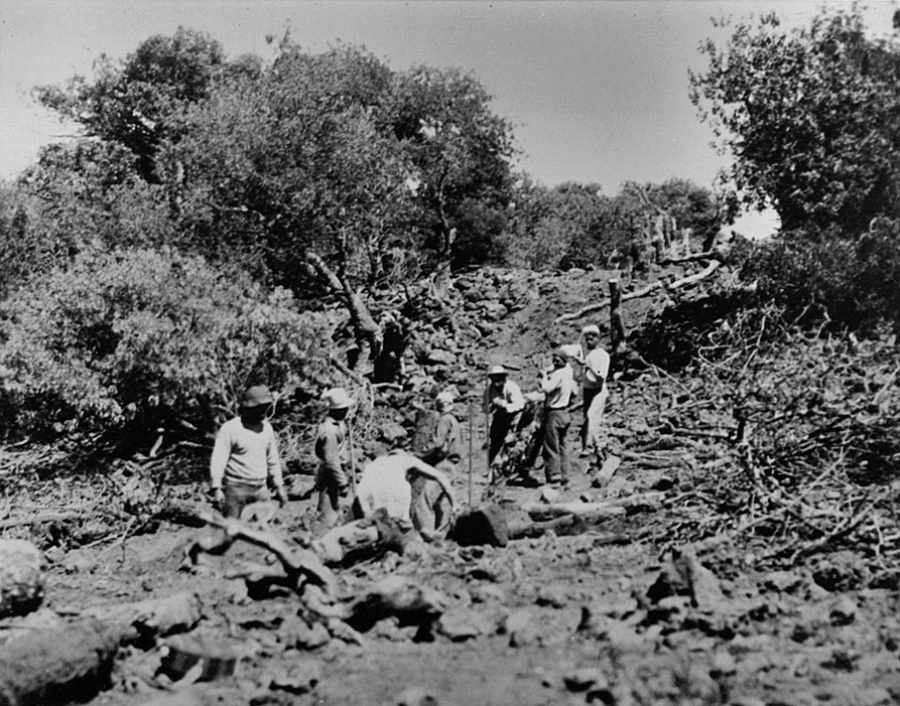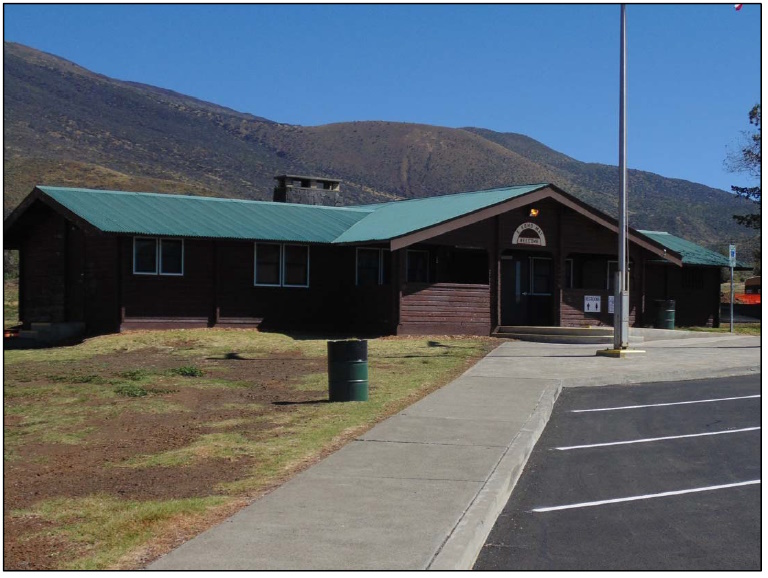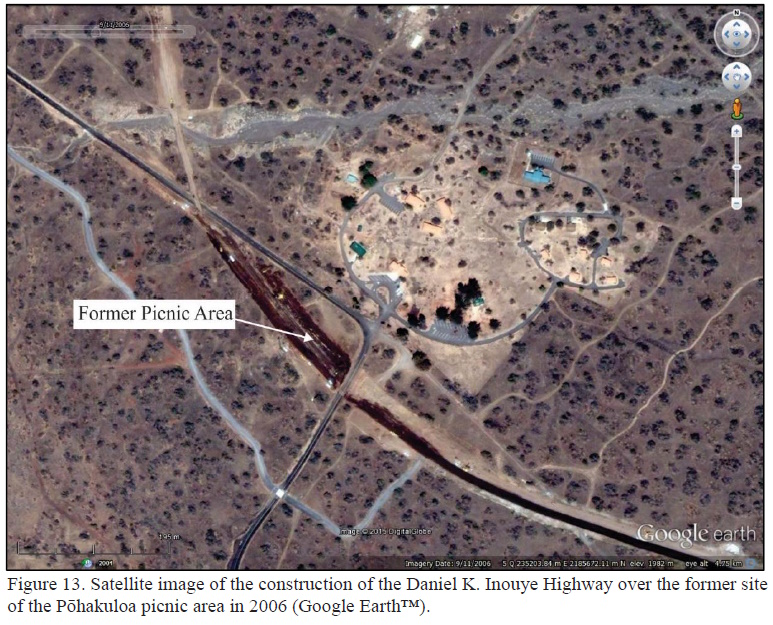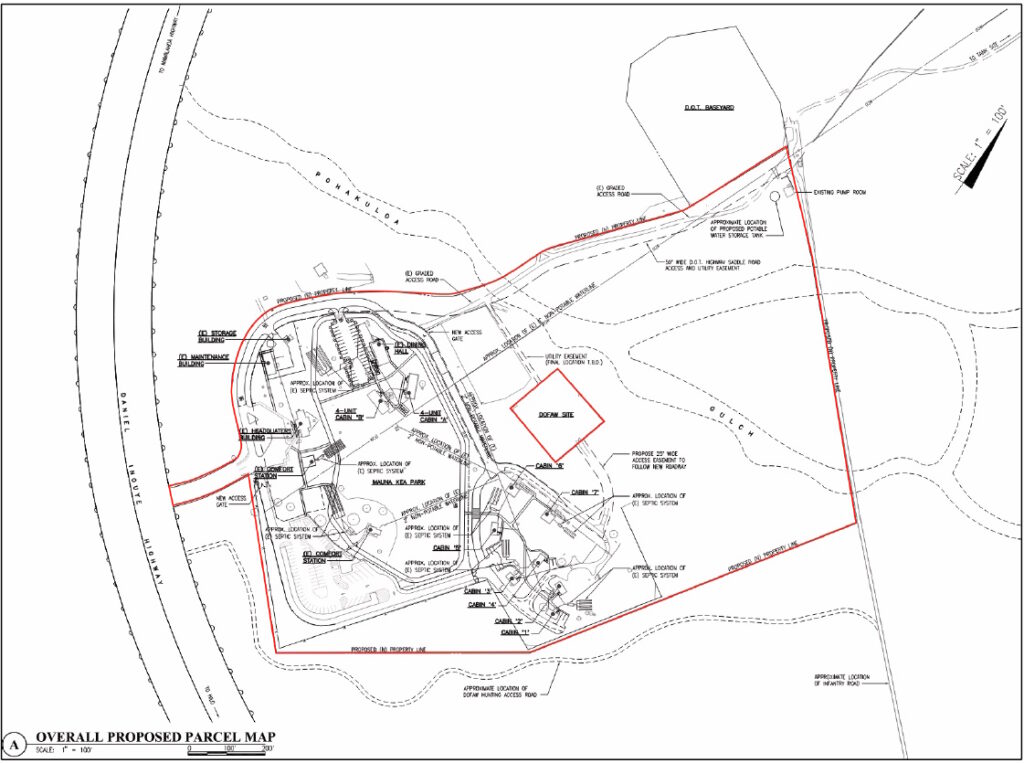He was born November 2, 1882 in New Zealand to Frederick and Alice Smith He was named William Twigg Smith. (Registration #1882/15452, New Zealand Government, Births, Deaths & Marriages Online)
He moved to the US in his late teens, living first in San Francisco, where he studied painting with Evelyn Almond Withrow, and then in Chicago, where he worked with Harry M. Walcott at the School of the Art Institute.
He was also a talented musician and supported himself by playing the flute while in Chicago. (For a number of years in Hawaii, he played second flutist with the Honolulu Symphony Orchestra.) He became a naturalized US citizen and visited Hawaiʻi in 1916. (Isaacs Art Center)
He seemed to more-often-than-not go by the first name ‘Twigg’ and last name ‘Smith.’ “The exhibition of paintings by Twigg Smith of San Francisco and Chicago, which began yesterday under the auspices of the University Club, is of interest not only to the lover of art, but the student and follower of island history and development.” (Star Bulletin, Dec 9, 1916)
“This is the third time Smith has visited Honolulu, and each time his stay has been longer. Until he has become to be well known as one of the local community.”
“Honolulu is now ‘home’ to Twigg Smith, and it is his intention to return here after doing his part in the conflict [WWI], if he is one of those so lucky as to return.”
To join the American artists’ battalion in New York Smith must pay his own expenses, and all painting sold during the exhibition will help to send him on his way to aid the trench-fighters on the front in France, or wherever the American troops abroad are placed when they take their share of the fighting.” (Star Bulletin, July 16, 1917)
In WWI he used his artistic skills as a camoufleur; “‘Camouflage’ is the very latest pet word in the great world-war and a well-known Honolulan, Twigg Smith, artist, is now on the road to becoming a first-class camoufleur.”
“[I]n another month he will be on his way to France to put into operation with the American troops some of this new branch of warfare, this new and wholly unique technique of concealment against the spying eyes of the enemy.”
“Twigg Smith was about the first man on the ground, and he carries No. 1 card showing him to be the first member of Company F, 25th United States Engineers, Camouflage, the official name of the unit.”
“The camouflage unit is in camp at Camp University, Washington. Here are artists of all sorts, sculptors, scene painters, scene shifters, electricians and a host of others. … They are learning how to disguise batteries, hangers, trenches, campos, observation posts, everything that can possibly be disguised by protective coloration or screening.” (Star Bulletin, Oct 20, 1917)
“‘Another feature of the work, perhaps the most dangerous. Is to simulate some feature like a dead horse or an old tree stump out in No Man’s Land between the trenches, so that it may be used as a shelter for sharpshooters.’”
‘‘Those who are detailed for this service creep out between the lines under shelter of darkness and take measurements which enable other artists to copy the object exactly. Then the next night the false object, which is armored, is substituted and the sharpshooter is placed behind it to get as many of the enemy as he can before some of them get him.” Advertiser, July 23, 1917)
After the war, Smith returned permanently to Hawaii. “In Honolulu, July 9, 1919, Twigg Smith and Miss Margaret Carter Thurston” married. (Annual Report, Volume 68, Hawaiian Mission Children’s Society, 1920) Margaret was granddaughter of missionaries Asa and Lucy Thurston.
“[H]e recognized that this field [artist] was limited here from the standpoint of income, so he obtained a position with the Hawaiian Sugar Planters Association as an illustrator. His responsibility was to reproduce accurately in illustrations the various forms of insect life that affect the growing of sugar.” Advertiser, Sep 21, 1950)
“Wm. Twigg-Smith was employed on a part-time basis starting in January 1923, and on September 1, he was appointed as Illustrator. Mr. Twigg-Smith immediately took up the study of the Jeswiet identification characters of cane varieties, a system of positively identifying any seedlings by the minute and almost microscopic hair groups of the buds and certain leaf areas.” (HSPA, History 1895-1945, Grammer)
William T Smith “was his real name … then he decided when he became the artist he’d hyphenate the name to have some distinction.” (Thurston Twigg-Smith)
Twigg-Smith was in the Volcano School. The Volcano School was a generation of mostly non-native Hawaiian painters who portrayed Hawaiʻi Island’s volcanoes in dramatic fashion during the late 19th century. (NPS HAVO)
This was in the days before color photography – painters were among the most eager to witness and recreate the explosive lava plumes and vibrant flows. (HuffPost)
A distinctive and recognizable school of Hawaiian painting developed. Kīlauea was such a popular subject for painters that a group emerged called the “Volcano School,” which included well-known Hawai‘i painters Charles Furneaux, Joseph Dwight Strong, and D Howard Hitchcock. Check out some of Twigg-Smith’s work at the Volcano House.
“So far as the observation of the present critic goes, Mr Smith is the first painter exhibiting here who has shown something like a sequence of Volcano paintings – an attempt to catch Madame Pele in a systematic series of her changeful moods. … Artist Smith is evidently proudest of his volcano pictures.” (Star Bulletin, Dec 9, 1916)
Twigg-Smith and Hitchcock exhibited their works together, here and in California, and elsewhere on the continent. (Advertiser, Feb 15, 1925)
“Mr Twigg-Smith kept on with his work as a freehand artist and his painting found wide favor here and abroad. It was his dream that when the time came for his retirement he would be able to devote his late years to his first and lasting love – painting. (Advertiser, September 21, 1950) He died April 21, 1950.





































































